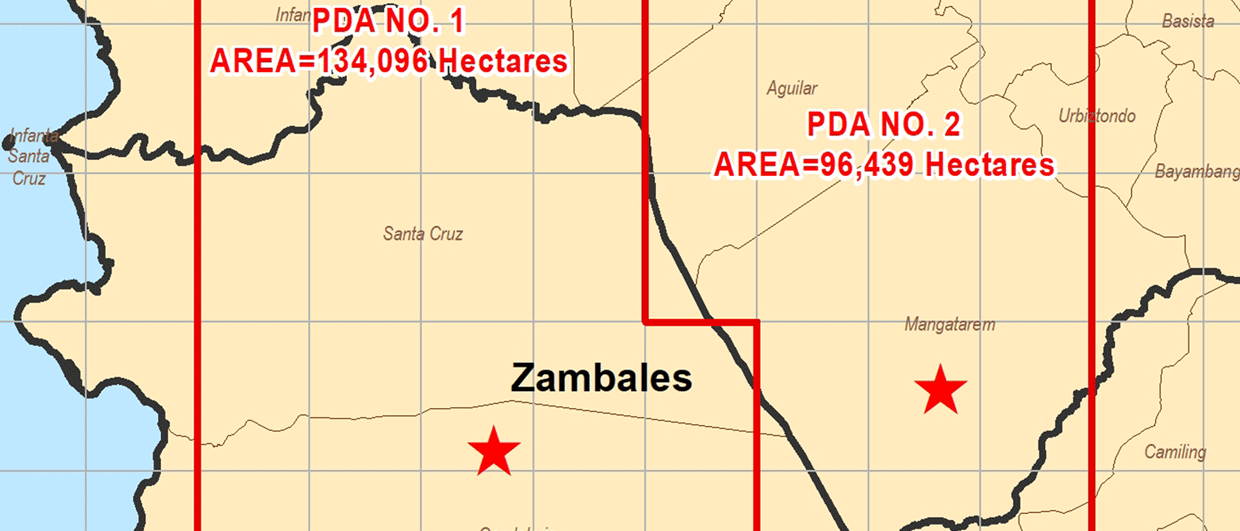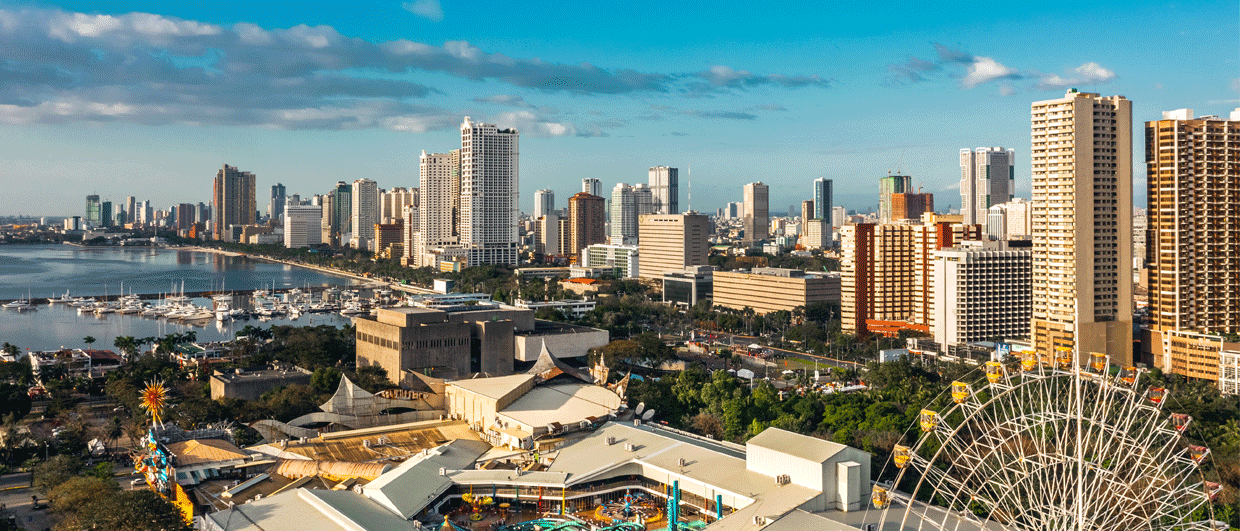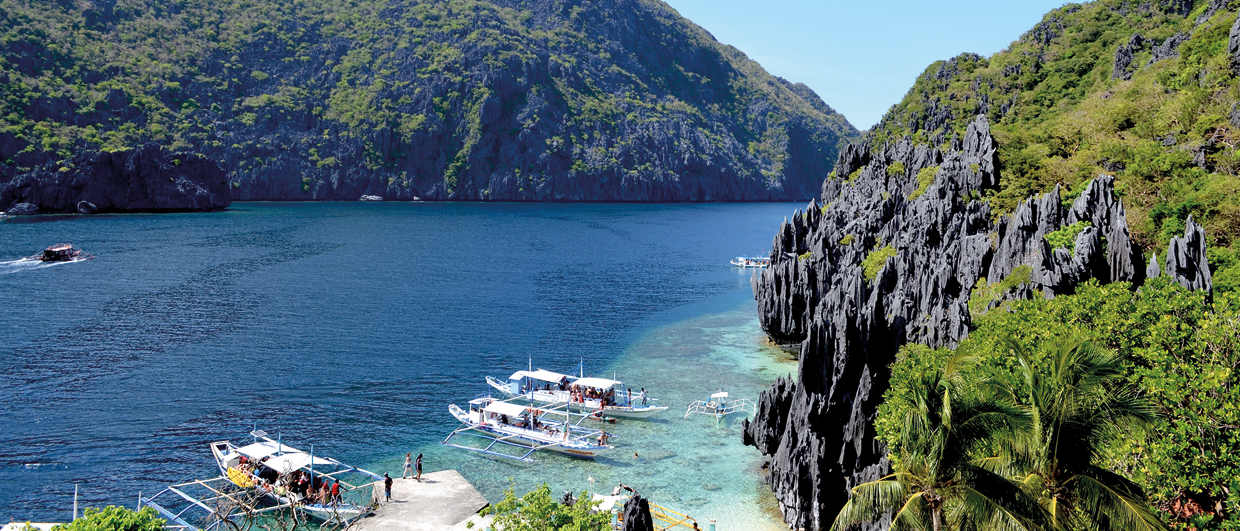The natural gas seeps at Mount Chimaera in Turkey have been known since antiquity. They are easily recognisable due to the constant burning of methane and hydrogen gas that seeps from the rocks. More recently, between 2006 and 2012, similar gas seeps were identified in the Philippines. Granted, they are not continually combusting and, therefore, difficult to spot. However, that doesn’t mean less gas escapes from the subsurface; in fact, the opposite is true.
The Nagsasa field is a cluster of gas seeps concentrated in an area measuring 100 by 135 m. It is located on the west coast of Luzon Island, 100 km northwest of the capital Manila. Peridotite and gabbro from the Zambales ophiolite complex are exposed in this region, and the hydrogen gas is linked to serpentinisation of iron-rich minerals in these ultramafic rocks.
Researchers from the Philippine Nuclear Research Institute have quantified the natural hydrogen flux from the Nagsasa field. The gas composition consists of 58.5 % hydrogen and 38.7 % methane, venting from fractured rocks. The flow rate amounts to 808 t of hydrogen per year, making it one of the highest hydrogen flow rates and the largest natural hydrogen flux measured to date. For comparison, the Chimaera field is similar in size but has a flow rate of just 3.5 t of hydrogen per year.

The hydrogen seeping from the Nagsasa field could meet the energy demand of approximately 4,200 local households. This estimate assumes that the energy conversion is only 53 % efficient and does not account for the energy that could be generated from the methane simultaneously leaking from the field. Furthermore, the volume of the hydrogen seep points to the presence of a reservoir, because calculations demonstrate that the observed hydrogen flow cannot be sustained solely by present-day serpentinization. Therefore, it is likely that a fault or fracture zone accumulated hydrogen and methane over a prolonged period before its seal was broken.
The discovery of the large and active hydrogen seeps, along with the implications for subsurface reservoirs, has led to the inclusion of two areas for natural hydrogen exploration in the latest exploration licence round. Licence PDA-PH-1, covering the Zambales province and including the Nagsasa field, received three valid bids. Licence PDA-PH-2, covering the Pangasinan province – where the Zambales ophiolite is also exposed – received two valid bids. The Philippine Department of Energy is currently reviewing the bids and is expected to award the exploration contracts soon.



